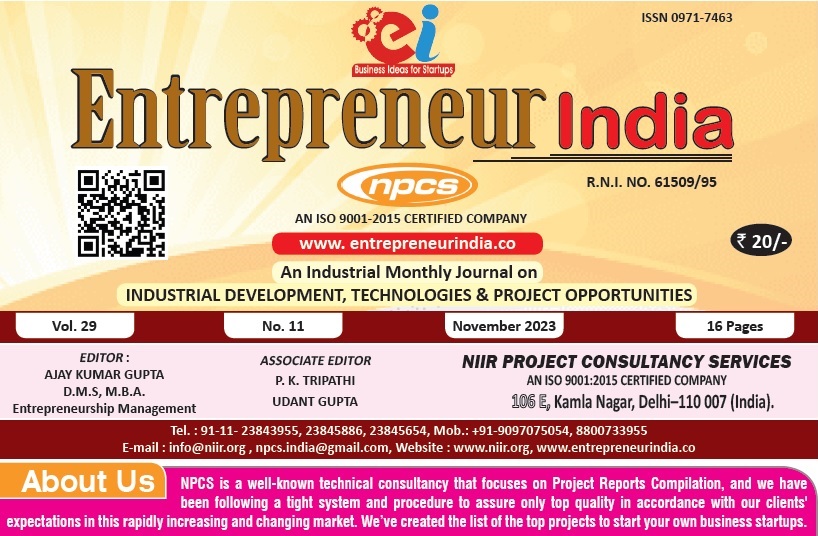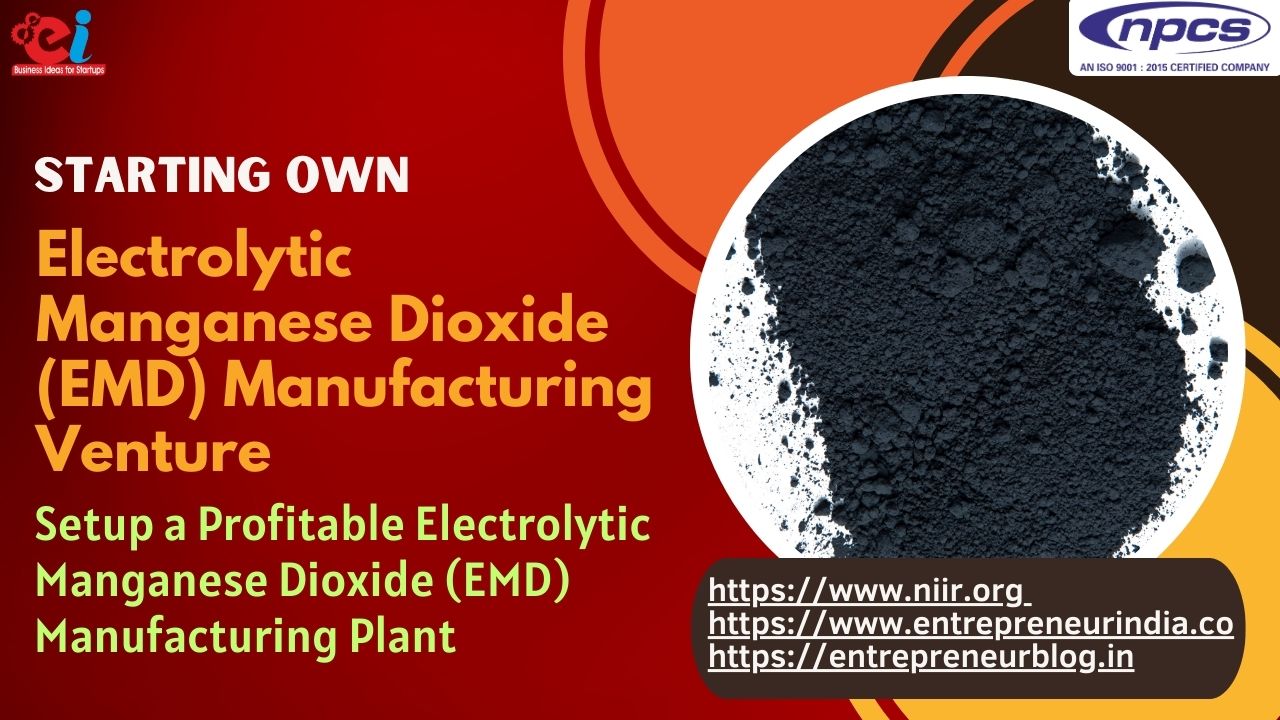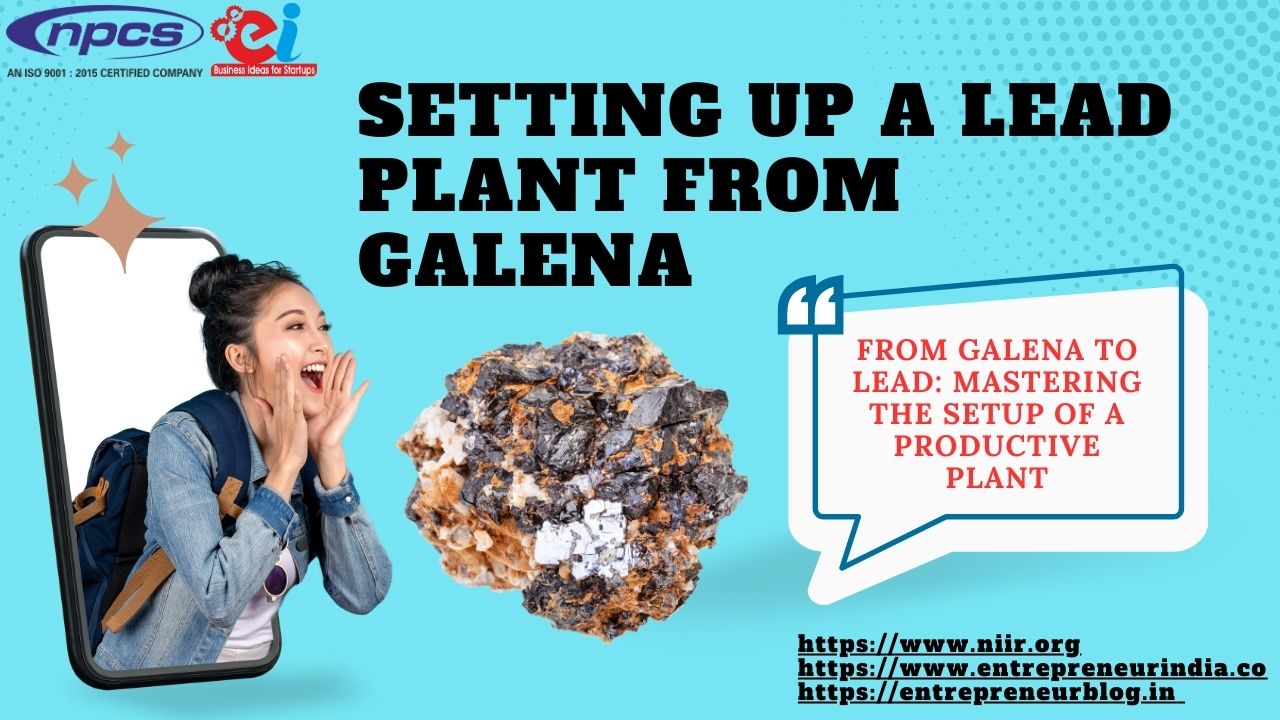Wood Plastic Composite (WPC) boards have become a strong and eco-friendly option compared to traditional wood and plywood used in construction, furniture, and interior design. By mixing recycled wood fibers with thermoplastics, WPC boards provide excellent resistance to moisture, termites, and weathering while keeping a polished wooden look. As awareness of sustainable construction materials and green building practices increases around the world, WPC board manufacturing offers a valuable opportunity for entrepreneurs interested in a modern, environmentally friendly business.
Market Overview
Global Market Landscape
The global WPC market has seen impressive growth over the last decade. Higher demand from infrastructure development, modular furniture, and outdoor decking sectors has pushed the market ahead. Industry reports predict that the global WPC market will reach USD 9 to 10 billion by 2030, with a compound annual growth rate (CAGR) of 10 to 12 percent. Growth is driven by fast urbanization, eco-friendly consumer behavior, and advances in composite manufacturing processes.
Indian Market Outlook

India’s WPC board market is growing quickly, fueled by strong expansion in construction, home improvement, and furniture manufacturing. The need for moisture-resistant, low-maintenance boards is increasing in both urban and semi-urban areas. Indian manufacturers are boosting production and diversifying product types to serve furniture, partition, roofing, and wall panel needs. Builders, architects, and homeowners are increasingly adopting WPC products, driving the industry in India toward sustainable long-term growth.
Key Growth Drivers
Several factors are supporting the growth of WPC board manufacturing. Firstly, increased demand for durable and eco-friendly building materials is driving interest in WPC boards. In addition, the growth in construction and infrastructure projects further boosts their adoption. Furthermore, a preference for low-maintenance, termite-proof products makes WPC boards an appealing option. Finally, rapid urbanization, coupled with changing lifestyle trends, encourages entrepreneurs to consider WPC boards as a modern construction solution.
Detailed project report on WPC board
Manufacturing Process Outline
Producers combine natural fibers and thermoplastics to manufacture strong and consistent WPC boards. They begin by selecting raw materials such as wood flour, bamboo fiber, or agricultural residues, and mix them with virgin or recycled thermoplastics like PVC, PE, or PP. They also add stabilizers, lubricants, and pigments to enhance performance and appearance.
Next, they blend these materials in high-speed mixers or compounding machines at elevated temperatures to create a uniform compound. Workers then feed the blended material into an extruder, where heat and pressure melt the mixture. The extruder pushes the molten material through a die to form continuous boards or shapes, which the operators calibrate and cool to maintain shape and ensure a smooth surface.
After cooling, workers cut the boards to standard or custom sizes and trim or texture the edges according to product specifications. Finally, they apply surface finishing techniques such as sanding, embossing, or lamination to enhance the appearance and prepare the boards for packaging and shipment.
Applications
WPC boards serve many purposes in both residential and commercial settings. They are used for wall cladding, modular furniture, cabinetry, decking, fencing, pergolas, railing systems, door frames, partitions, and decorative panels. Their versatility, durability, and eco-friendliness make them an increasingly popular choice across industries.
For more information, check out our books
Demand Outlook
The global and Indian WPC board market is poised for long-term growth. As a result of rising awareness of sustainable materials and the increasing adoption of modern construction practices, WPC products are gaining wider acceptance. Moreover, industries such as real estate, hospitality, retail, and institutional infrastructure are increasingly choosing WPC products due to their performance benefits, low maintenance requirements, and contemporary appeal. Consequently, the demand for WPC boards is expected to expand steadily across multiple sectors.
About Niir Project Consultancy Services (NPCS)
Niir Project Consultancy Services (NPCS) focuses on creating Market Surveys and Detailed Techno-Economic Feasibility Reports. Their reports cover manufacturing processes, raw materials, plant layouts, and financial forecasts. NPCS assists entrepreneurs in evaluating the feasibility of starting new industries or expanding existing businesses, allowing for informed decision-making.
Related articles:- Start the Wood Plastic Composite (WPC) Manufacturing Business. Best Investment Opportunities for entrepreneurs.
Future Opportunities for Entrepreneurs
Entrepreneurs looking to enter the WPC board market can explore niche segments, such as custom-designed panels for upscale interiors, recyclable or eco-friendly WPC composites, and decorative finishes with embossed or laminated textures. Building strategic partnerships with architects, builders, and modular furniture brands can help create a strong market presence and enhance brand recognition.
Conclusion
With eco-friendly qualities, versatile applications, and rising market demand, WPC board manufacturing holds significant potential for entrepreneurs. By adopting efficient manufacturing methods, staying aware of market trends, and focusing on innovation, new ventures can establish a profitable and sustainable presence in this evolving industry.
Find the best business ideas for yourself using our startup selector tools
Frequently Asked Questions
What is a WPC board?
A WPC (Wood Plastic Composite) board is a material made by mixing wood fibers or agricultural residues with thermoplastics to create durable, moisture-resistant, and termite-proof boards.
What are the main uses of WPC boards?
WPC boards are used for wall cladding, furniture, decking, fencing, partitions, and decorative panels in both residential and commercial environments.
Why choose WPC over traditional wood?
WPC boards are more durable, resist moisture, termites, and weathering, require less maintenance, and are eco-friendly, making them a sustainable choice.
What raw materials are needed for WPC board manufacturing?
Key raw materials include wood flour or agricultural fibers, thermoplastics like PVC, PE, or PP, and additives such as stabilizers, lubricants, and pigments.
Is WPC manufacturing profitable in India?
Yes, the growing construction sector, increased awareness of sustainable materials, and rising urbanization make WPC manufacturing a profitable opportunity in India.







